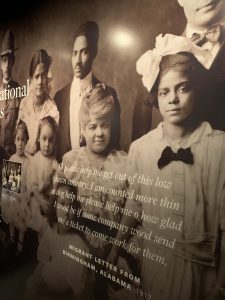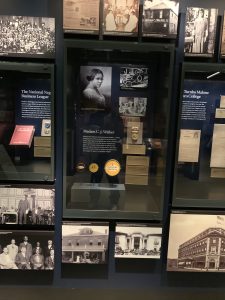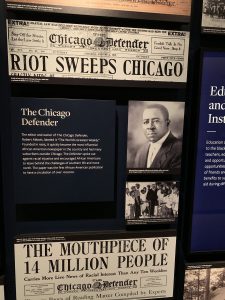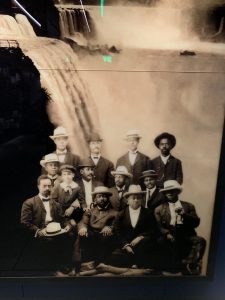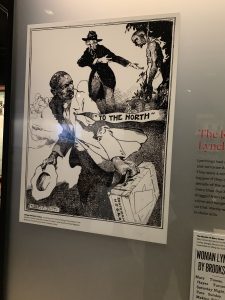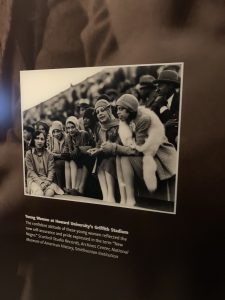
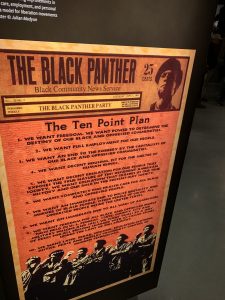
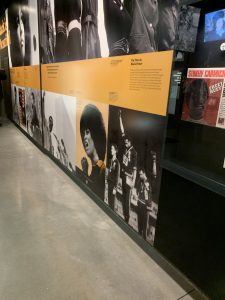
I love museums–and always have from my first visit with my father when I was five or six, and we took a train to New York City to visit relatives in Brooklyn. But my reasons for loving museums sometimes have little to do with the subject matter of the museum.
Now, what do I mean by that? Well, let me explain.
I love the architecture of the buildings, the creativity of the exhibitions, the passion of the curators who work with multi-media designers to create exhibits that engage, educate, and thrill museum visitors. For years, one of the joys of my early days in marketing and public relations (before I became writer girl:) was the work I did at museums. I was a media relations manager for a Fortune 50 corporation, and my assignments included publicity for exhibitions at The Art Institute of Chicago (a Yoruba exhibition), planning for a Radio Hall of Fame awards dinner at the Museum of Broadcast Communications (Chicago), and the grand unveiling of the Martin Luther King Jr. Memorial on the National Mall.
But now that I am a writer girl (currently working on book 2 of my Jazz age novels), I am also a “research girl.” And a trip to the glorious NMAAHC keeps getting better and better.
While my completed historical fiction manuscript is on submission, I am working on the next Jazz age novel. It has a dual storyline set in 1928 Los Angeles and 1968 Chicago. The latter was a volatile year in America (frankly one of many for civil rights, human rights, anti-war protesters, worldwide), from the Viet Nam War to Martin Luther King Jr’s assassination to race riots in cities nationwide and Robert F. Kennedy’s assassination and the violence of the 1968 Democratic Convention. That’s when Chicago’s late Mayor Richard J. Daley called in 23,000 National Guardsmen to “deal with” protesters.
Some theorists claim history is cyclical. What do you think?
I think these images say quite a bit about the African American experience and NMAAHC continues to expand its offerings on so many levels. I had a great day at the museum. And this time it definitely was because of the museum’s purpose, goals, and offerings.
